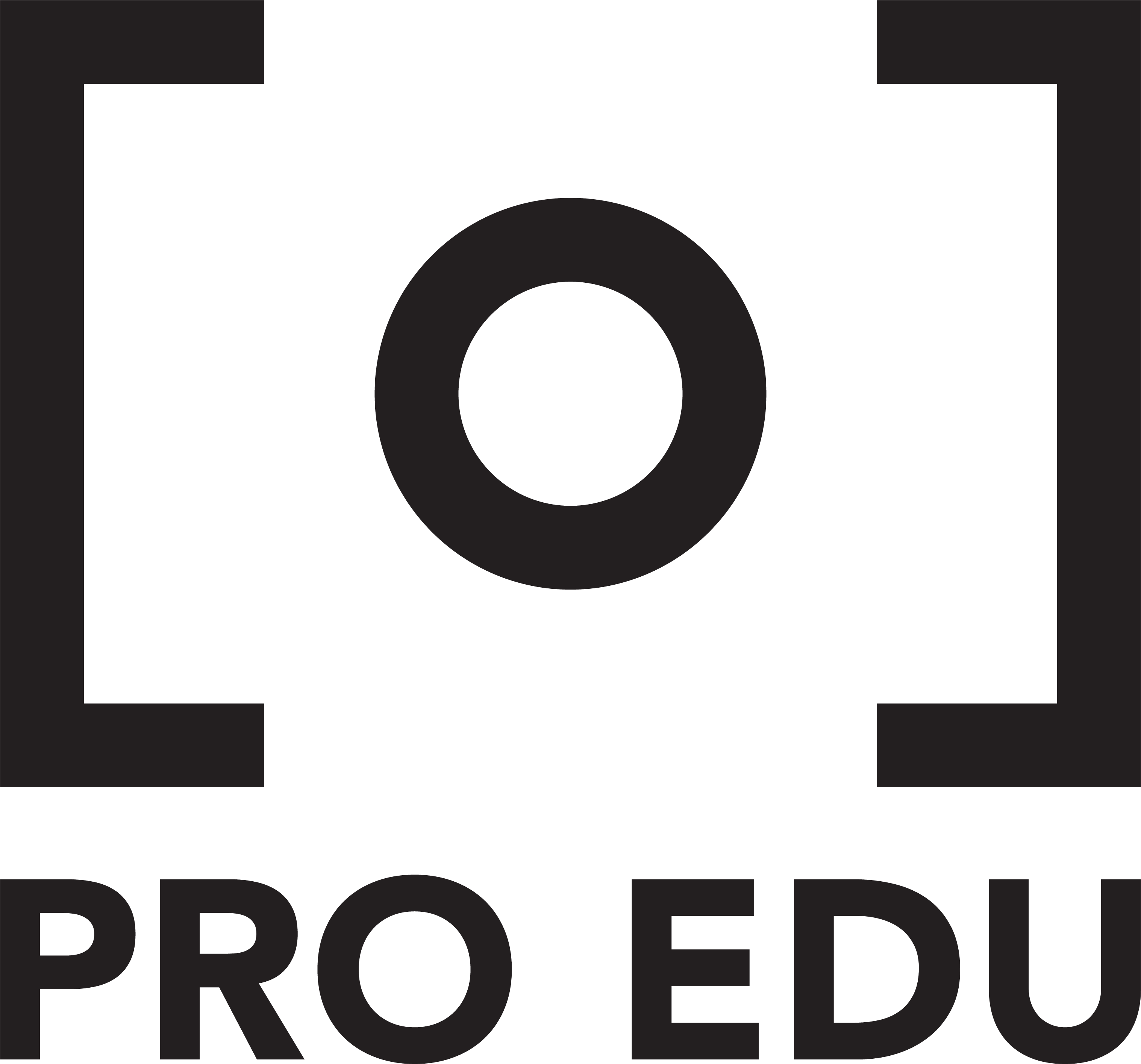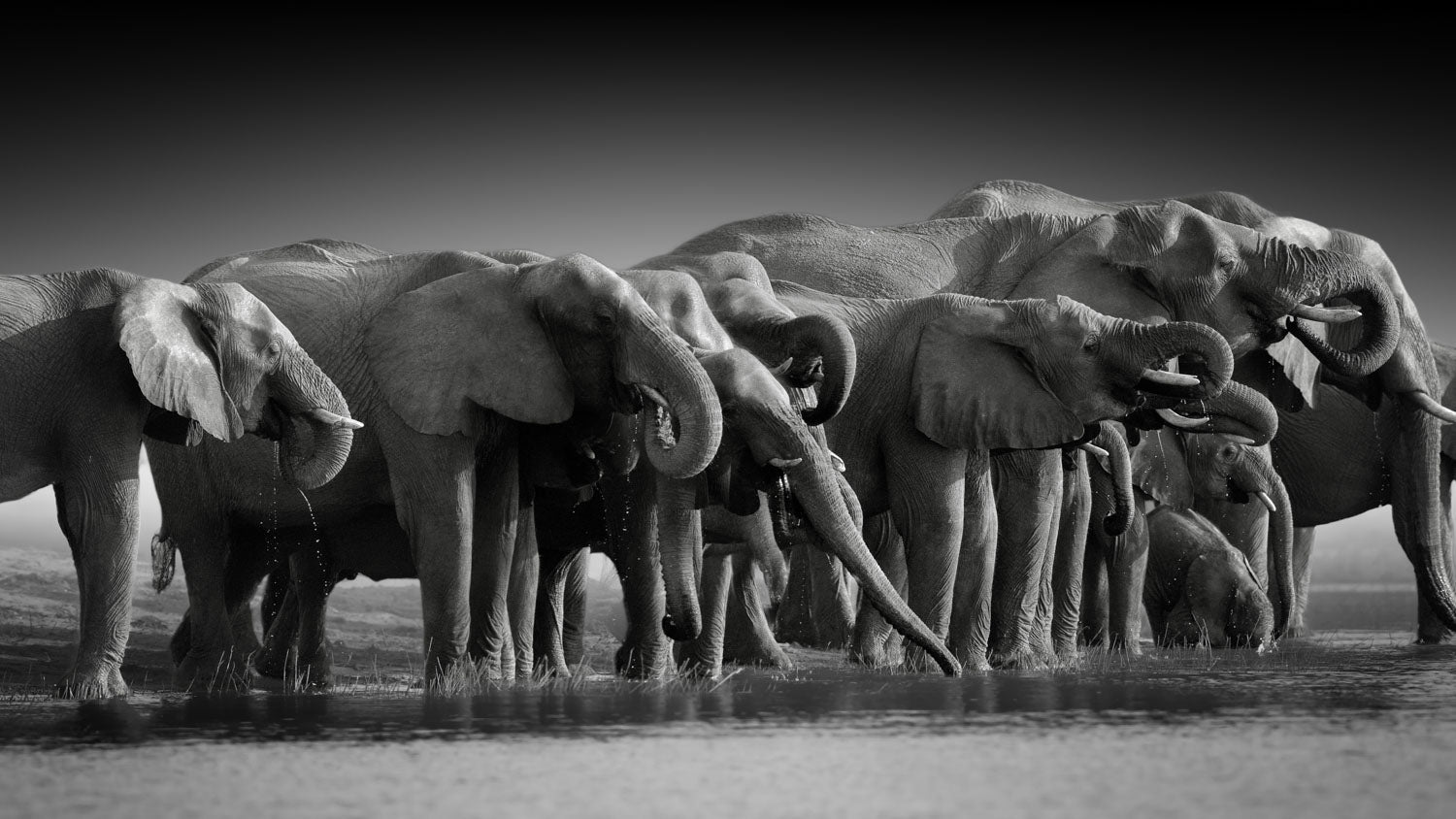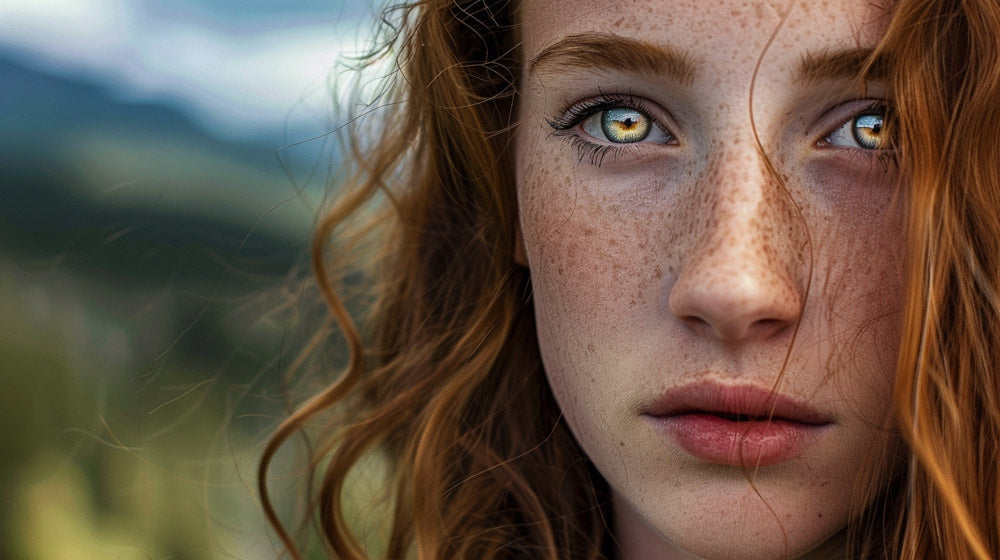Nature photography offers a unique opportunity to capture the beauty of the natural world while pursuing a fulfilling career. For those passionate about both photography and the outdoors, this field presents diverse job prospects.
Nature photographers can find employment opportunities ranging from wildlife documentation to landscape imagery for various publications, conservation organizations, and commercial clients.
Entering this competitive field requires a combination of technical skills, artistic vision, and a deep understanding of nature. Aspiring nature photographers must develop their craft through practice, education, and networking. We'll explore the various career paths available, from freelance work to full-time positions with established organizations.
Throughout this article, we'll delve into the essential aspects of pursuing a career in nature photography. We'll cover topics such as building a portfolio, finding clients, and navigating the business side of the profession. Whether you're a beginner looking to break into the industry or an experienced photographer seeking new opportunities, this guide will provide valuable insights into nature photography jobs.
Understanding Nature Photography
Nature photography captures the beauty and diversity of the natural world through striking images. It requires technical skill, patience, and a deep appreciation for the environment.
What Is Nature Photography?
Nature photography encompasses capturing images of landscapes, wildlife, plants, and natural phenomena. It often involves working in challenging conditions to document the beauty and complexity of the natural world.
We use specialized equipment like telephoto lenses and weatherproof cameras to get the perfect shot.
Nature photographers may focus on specific subjects such as:
- Wildlife in their natural habitats
- Scenic landscapes and geological formations
- Close-ups of plants and insects (macro photography)
- Weather events and natural phenomena
The goal is to create visually striking images that evoke emotion and raise awareness about the environment.
Skills and Qualifications for Nature Photographers
Successful nature photographers possess a combination of technical expertise and field skills. We need in-depth knowledge of camera equipment, lighting techniques, and post-processing software.
Understanding animal behavior and ecosystems is crucial for wildlife photography.
Key skills include:
- Patience and perseverance
- Physical fitness for outdoor work
- Ability to work in various weather conditions
- Strong observational skills
- Knowledge of composition and color theory
Formal qualifications aren't always necessary, but a degree in photography, biology, or environmental science can be beneficial. Many photographers also pursue certifications in specialized areas like underwater or drone photography.
Breaking into the Industry
Entering the nature photography field requires dedication, skill-building, and strategic networking. We'll explore key steps to launch your career and establish yourself in this competitive industry.
Gaining Experience and Building a Portfolio
To break into nature photography, we recommend starting with local wildlife and landscapes.
Practice regularly in nearby parks or nature reserves to hone your skills. Experiment with different lighting conditions and subjects to diversify your portfolio.
Volunteer opportunities with conservation organizations can provide access to unique subjects and locations. These experiences often lead to valuable connections and potential job leads.
Consider offering your services to local businesses or tourism boards for promotional materials. This can help you gain commercial experience and expand your network.
Develop a strong online presence by creating a professional website and maintaining active social media accounts. Showcase your best work and engage with the photography community to increase visibility.
Networking and Professional Development
Attending photography workshops and conferences is crucial for professional development. These events offer opportunities to learn new techniques, stay updated on industry trends, and meet established photographers.
Join professional organizations like the North American Nature Photography Association (NANPA) or the International League of Conservation Photographers (ILCP). These memberships can provide valuable resources and networking opportunities.
Engage with online photography communities and forums. Participate in discussions, share your work, and seek feedback from peers and mentors.
Consider assisting established nature photographers on their shoots. This hands-on experience can teach you about the business side of photography and help you build industry connections.
Continuously update your skills by taking online courses or attending workshops on new photography techniques and post-processing software.
Finding Nature Photography Jobs
Nature photography jobs offer diverse opportunities for those passionate about capturing the beauty of the natural world. We'll explore both freelance and full-time options in this growing field.
Freelance Opportunities
Freelancing provides flexibility and creative control for nature photographers. We can start by building a strong portfolio showcasing our best work.
Online platforms like Indeed offer various freelance nature photography gigs. These range from event coverage to wildlife documentation.
Networking is crucial. We should join photography associations and attend industry events. Social media can help us connect with potential clients and showcase our work.
Stock photography is another avenue. We can submit our nature shots to agencies like Shutterstock or Getty Images. This creates passive income as our photos sell repeatedly.
Full-time Positions
Full-time nature photography jobs offer stability and benefits. National parks, wildlife reserves, and environmental organizations often hire staff photographers.
These roles may involve documenting flora and fauna or capturing landscapes for promotional materials.
Magazine and publishing companies are potential employers. We could work for nature-focused publications, contributing to articles and photo essays.
Tourism companies sometimes need in-house photographers. We might capture scenic locations for brochures or websites.
Educational institutions may hire nature photographers for research projects or to document field studies. These positions often combine photography with scientific knowledge.
The Business of Nature Photography
Nature photography can be a lucrative career for those who master both the artistic and business aspects. Commissions, sales, and effective marketing are key components of success in this field.
Understanding Commissions and Sales
Nature photographers often earn income through commissions and sales of their work. We find that many professionals secure contracts with magazines, books, and conservation organizations to capture specific images.
Commission rates vary widely based on the project scope and the photographer's reputation.
Stock photography is another avenue for generating revenue. We recommend building a diverse portfolio of high-quality images that can be licensed through stock agencies or sold directly to clients.
Limited edition prints can command premium prices. By offering signed, numbered prints, photographers create scarcity and increase the value of their work.
Marketing and Promotion Strategies
Effective marketing is crucial for nature photographers to stand out in a competitive field. We emphasize the importance of creating a strong online presence through a professional website and active social media accounts.
Instagram has become an essential platform for showcasing work and connecting with potential clients. Regular posts, engaging captions, and strategic use of hashtags can help build a following.
Networking at industry events and joining professional associations can lead to valuable connections and opportunities.
We suggest attending photography workshops and conferences to stay current with trends and techniques.
Collaborating with travel companies or eco-tourism operators can provide unique opportunities to capture stunning images while gaining exposure to new audiences.
Developing your Technique
Mastering nature photography requires honing both technical skills and artistic vision. We'll explore essential equipment, cutting-edge technology, and key compositional principles to elevate your craft.
Equipment and Technology
Investing in the right gear is crucial for capturing stunning wildlife and landscapes. We recommend a versatile DSLR or mirrorless camera with interchangeable lenses.
A wide-angle lens is ideal for sweeping vistas, while a telephoto lens allows you to photograph distant subjects without disturbing them.
Modern cameras offer advanced features like weather-sealing, image stabilization, and high ISO performance. These are invaluable when shooting in challenging outdoor conditions.
Don't forget essential accessories:
- Sturdy tripod for stability
- Polarizing filters to enhance colors
- Remote shutter release for long exposures
We also suggest exploring drone photography for unique aerial perspectives. However, always check local regulations before flying.
Composition and Aesthetics
Strong composition transforms ordinary scenes into captivating images. We emphasize the rule of thirds as a fundamental guideline.
Imagine your frame divided into a 3x3 grid and place key elements along these lines or at their intersections.
Leading lines guide the viewer's eye through the image. In nature, these can be:
- Rivers or streams
- Fallen trees
- Mountain ridges
We encourage experimenting with different perspectives. Get low to the ground for intimate wildflower shots or climb to elevated viewpoints for grand landscapes. Patience and observation are key when capturing wildlife behavior.
Pay attention to light quality. The golden hours around sunrise and sunset offer warm, soft illumination that enhances natural beauty. Overcast days provide even lighting for close-up shots of plants and small creatures.
Legal and Ethical Considerations
Nature photography jobs come with important legal and ethical obligations. We must understand copyright laws, obtain necessary permissions, and prioritize the wellbeing of wildlife and natural habitats.
Copyright and Permissions
When working as nature photographers, we need to be aware of copyright laws. Any images we capture are automatically protected by copyright, giving us exclusive rights to use and distribute them.
However, we may need to obtain permits or permissions when photographing in certain locations. National parks, wildlife refuges, and private properties often have specific rules about commercial photography.
We should also be cautious when photographing identifiable people or private property, as these may require model or property releases.
For client work, it's crucial to clarify who owns the copyright to the images - the photographer or the client. Clear contracts can help prevent misunderstandings and legal issues down the line.
Respect for Nature and Wildlife
Ethical nature photography is fundamental to our work. We must prioritize the well-being of animals and their habitats over getting the perfect shot. This means:
- Maintaining a safe distance from wildlife
- Not baiting or disturbing animals
- Avoiding nesting sites during breeding seasons
- Staying on designated trails to protect fragile ecosystems
We should educate ourselves on the behavior of the species we're photographing to minimize stress or disruption. Wildlife photography ethics also extend to post-processing. We shouldn't digitally manipulate images in ways that misrepresent natural behaviors or environments.
Some nature photography positions, especially those involving endangered species or sensitive locations, may require a background check. This helps ensure that only trustworthy individuals have access to protected areas and information about vulnerable wildlife populations.
Alternative Careers in Nature Imagery
Nature photography enthusiasts can explore exciting opportunities beyond traditional wildlife photography. These roles blend creativity with technical skills to capture and share the beauty of the natural world in diverse ways.
Multimedia Production and Videography
Multimedia producers in nature imagery create dynamic visual content that goes beyond still photography. We combine video, audio, and interactive elements to tell compelling stories about wildlife and ecosystems. This role requires proficiency in video editing software, sound design, and motion graphics.
Key responsibilities include:
- Filming wildlife behavior and natural phenomena
- Editing footage to create engaging documentaries or short-form content
- Collaborating with scientists and conservationists to accurately portray ecological concepts
- Developing interactive web experiences or mobile apps featuring nature imagery
Multimedia producers often work for wildlife organizations, educational institutions, or as independent contractors for various media outlets.
Camp Photographer and Experience Host
Camp photographers play a unique role in outdoor education and adventure tourism. We document participants' experiences while also teaching basic photography skills. This position combines technical expertise with strong interpersonal abilities.
Typical duties include:
- Capturing memorable moments during camp activities and excursions
- Leading photography workshops for campers of all skill levels
- Managing photo galleries and creating keepsake albums for participants
- Assisting with social media content creation to promote the camp
Camp photographers may find employment with summer camps, eco-lodges, or tour operators specializing in nature-based experiences. The role often involves seasonal work and opportunities for travel to diverse natural settings.
Frequently Asked Questions
Nature photography careers offer diverse opportunities and pathways. We'll explore key aspects like getting started, salary expectations, qualifications, work arrangements, income sources, and roles with prestigious organizations.
How can one start a career in nature photography?
To begin a nature photography career, we recommend developing strong technical skills and building a portfolio.
Practice regularly in various outdoor settings to hone your craft.
Networking with other photographers and joining professional associations can provide valuable connections and opportunities. Consider assisting established photographers to gain experience.
What are the typical salary ranges for nature photography jobs?
Salaries for nature photographers vary widely based on experience, location, and employment type.
Full-time positions with magazines or conservation organizations often offer more stable incomes.
Freelance wildlife photographers working for National Geographic Partners can earn between $76,096 and $97,289 annually. However, many nature photographers combine multiple income streams.
What qualifications are needed to become a nature photographer?
While formal education isn't always required, a degree in photography, fine arts, or environmental science can be beneficial.
Technical proficiency with cameras and editing software is essential.
Developing an outstanding portfolio is crucial. Knowledge of wildlife behavior, ecosystems, and conservation issues adds value to your work.
Are there remote work opportunities in nature photography?
Remote work opportunities exist, particularly for freelance nature photographers. These may include editing, post-processing, and submitting images to stock photography websites.
Some positions may involve remote content creation through written articles or video contributions. However, field work often requires travel to specific locations.
How do nature photographers make a living?
Nature photographers often diversify their income streams. We sell prints, license images to publications, and offer workshops or tours.
Some photographers secure contracts with magazines or conservation organizations. Others combine nature photography with commercial work or teach photography classes.
What types of jobs are available for wildlife photographers with organizations like National Geographic?
Organizations like National Geographic offer various roles for wildlife photographers. These may include staff photographer positions, freelance assignments, or contributing photographer roles.
Other opportunities include photo editor, digital content creator, and expedition photographer. These roles often involve extensive travel. Some may also require specialized skills in underwater or aerial photography.





















